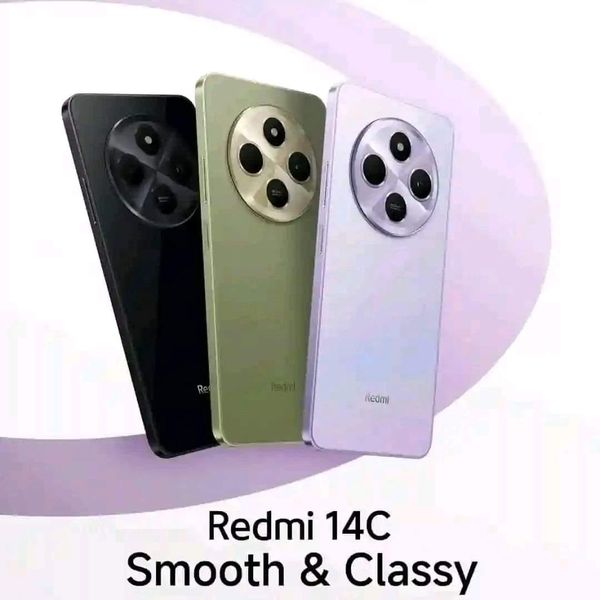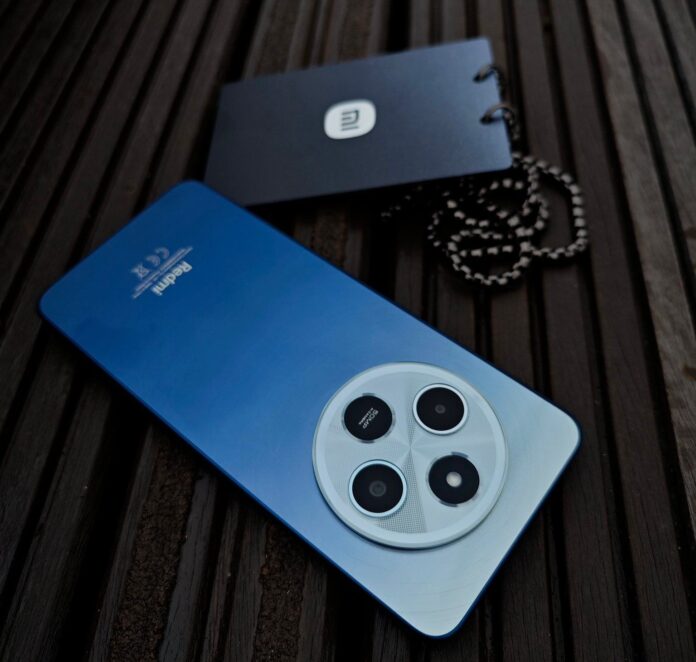When Redmi officially launched the 14C, I noticed it stayed true to its budget-friendly roots while introducing some key upgrades. The most notable change is the larger 6.88-inch display, with a 120Hz refresh rate, which feels like a big step up for a phone in this price range. The 600-nit brightness ensures decent visibility even outdoors.
The Redmi 14C also introduces the new Helio G81 Ultra chipset, a slight improvement over the previous G80. It’s not the most powerful, but for daily use and moderate gaming, it does the job well enough. Xiaomi offers three configurations: 4GB, 6GB, or 8GB of RAM, paired with 128GB or 256GB of storage, both of which are expandable via a microSD card slot.
In terms of cameras, the 50MP main sensor seems capable of delivering solid shots in good lighting, but the auxiliary lens remains unspecified, which suggests it’s likely not a huge selling point. The 13MP front camera is housed in a waterdrop notch and is fine for casual selfies.
What I also like is the 5,160mAh battery. It’s bigger than most budget phones, and while 18W charging isn’t the fastest, it’s enough to get you through the day with ease. There’s also a side-mounted fingerprint scanner and, thankfully, a headphone jack for those of us who still prefer wired audio.

In terms of design, the color choices are appealing, with options like Midnight Black, Sage Green, Dreamy Purple, and Starry Blue.
Pricing for the Redmi 14C is highly competitive, with the entry-level 4/128GB variant starting at approximately €120/$130 and the top-tier 8/256GB model priced at €148/$163.
All in all, I think the Redmi 14C offers solid value, especially with its big screen, higher refresh rate, and large battery. It’s a great option if you’re after a budget phone with decent specs.
